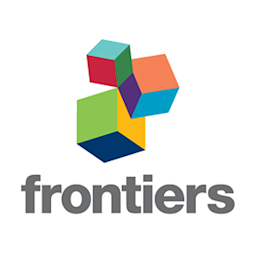- Science News
- Environment
- Open Science can save the planet
Open Science can save the planet
Frontiers’ CEO, Kamila Markram, makes a case for why open science is the key to innovation, economic growth and solutions to a sustainable future.
Even though the world spends $2.3 Trillion on research to produce around 2 million research articles every year, still today, about 90% of our science results are locked away behind expensive paywalls, not widely available to the public, companies and even many researchers themselves. This produces the biggest bottleneck in today’s knowledge economy and society, stifling innovation and slowing down solutions to some of the biggest challenges humanity faces today: diseases and climate change. “Imagine how we could accelerate innovation, stimulate economic growth and all the solutions we need to live on a healthy and sustainable planet, if we were to open up our science fully and allow a free flow of scientific knowledge.” says Kamila Markram, a neuroscientist and the CEO of Frontiers, one of the largest Open Access science publishers in the world and a leader in the Open Science movement.








